
Blog
How to Build a Home That Breathes: The Importance of Ventilation | RumahHQ
Imagine stepping into your home and feeling an instant breath of fresh air—not the kind that only comes from opening a window but something deeper, something that circulates throughout every room. This idea of a “home that breathes” isn’t just a fancy trend; it’s essential for comfort and well-being, especially in Malaysia’s tropical climate. With the humid weather often turning our living spaces into stifling boxes, good ventilation plays a crucial role in keeping the air fresh, reducing harmful pollutants, and even saving on energy bills. So, whether you’re building from scratch or just looking to improve your current setup, let’s dive into why proper ventilation is key and how you can create a home that feels alive—all while keeping those pesky bugs and musty smells at bay!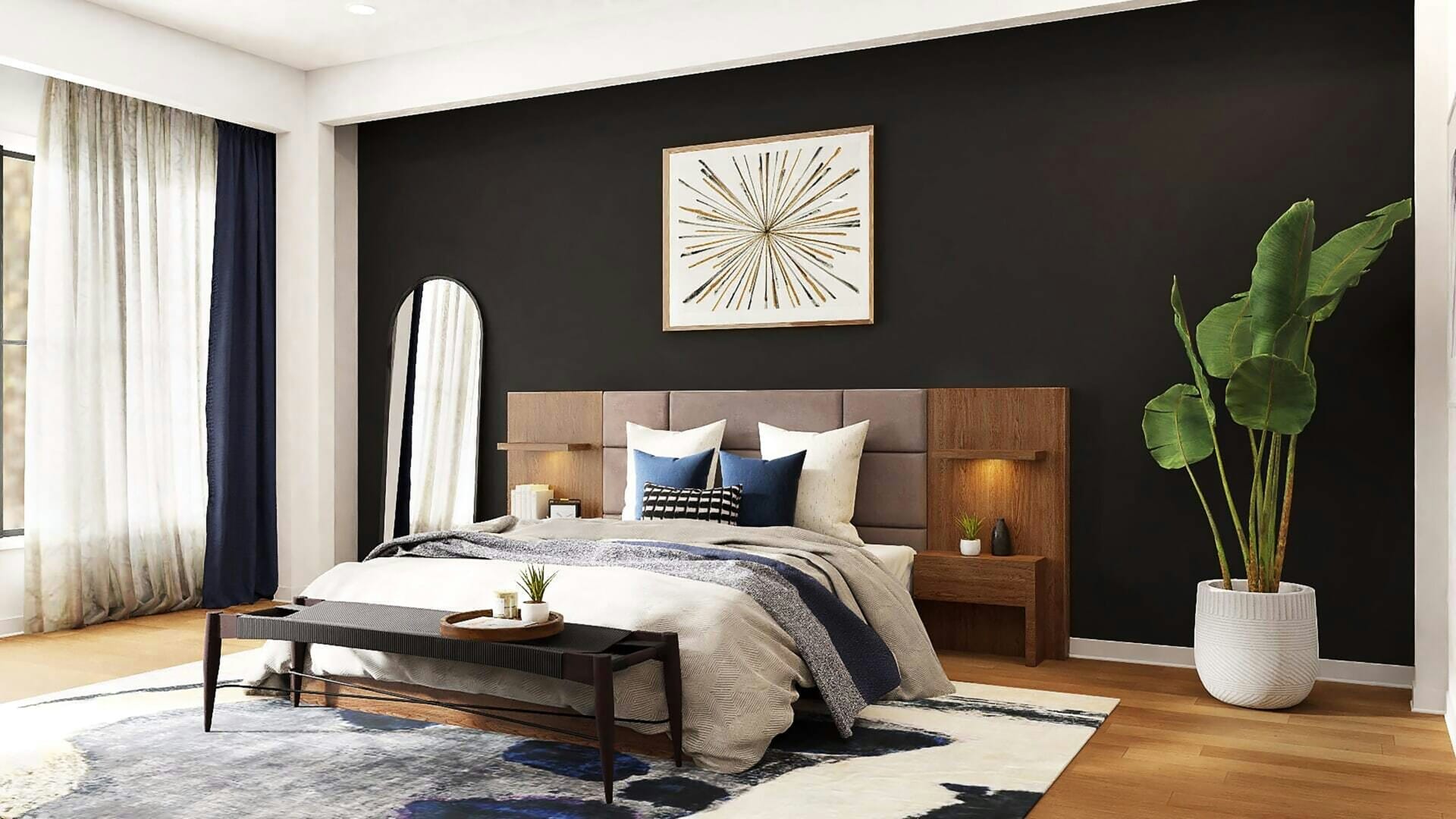
Understanding the Fundamentals of Home Ventilation
When it comes to creating a home that really breathes, understanding the fundamentals of ventilation is key. Think about it: your home is like a living organism that needs to exchange air to stay healthy. In Malaysia’s humid climate, proper ventilation helps remove excess moisture, which can prevent issues like mold growth and structural damage. A well-ventilated home ensures that you have fresh air circulating while minimizing heat build-up, keeping your living space comfortable all year round.
There are two main types of ventilation systems that you can consider for your home: natural and mechanical. Each has its own benefits and can often complement one another. Here’s a quick overview:
| Type | Description |
|---|---|
| Natural Ventilation | Utilizes windows, vents, and openings to allow air flow naturally, relying on wind and temperature differences. |
| Mechanical Ventilation | Involves fans and vents to actively circulate air, ensuring a consistent supply of fresh air regardless of external conditions. |
Choosing the right type of ventilation should depend on your specific needs and home design. Consider factors like your home’s orientation, the presence of trees or buildings nearby, and even the material used in construction. Additionally, incorporating features such as roof ventilators or exhaust fans can significantly enhance airflow. Always keep an eye on indoor air quality, as a well-ventilated home not only feels fresher but also promotes better health for you and your family.
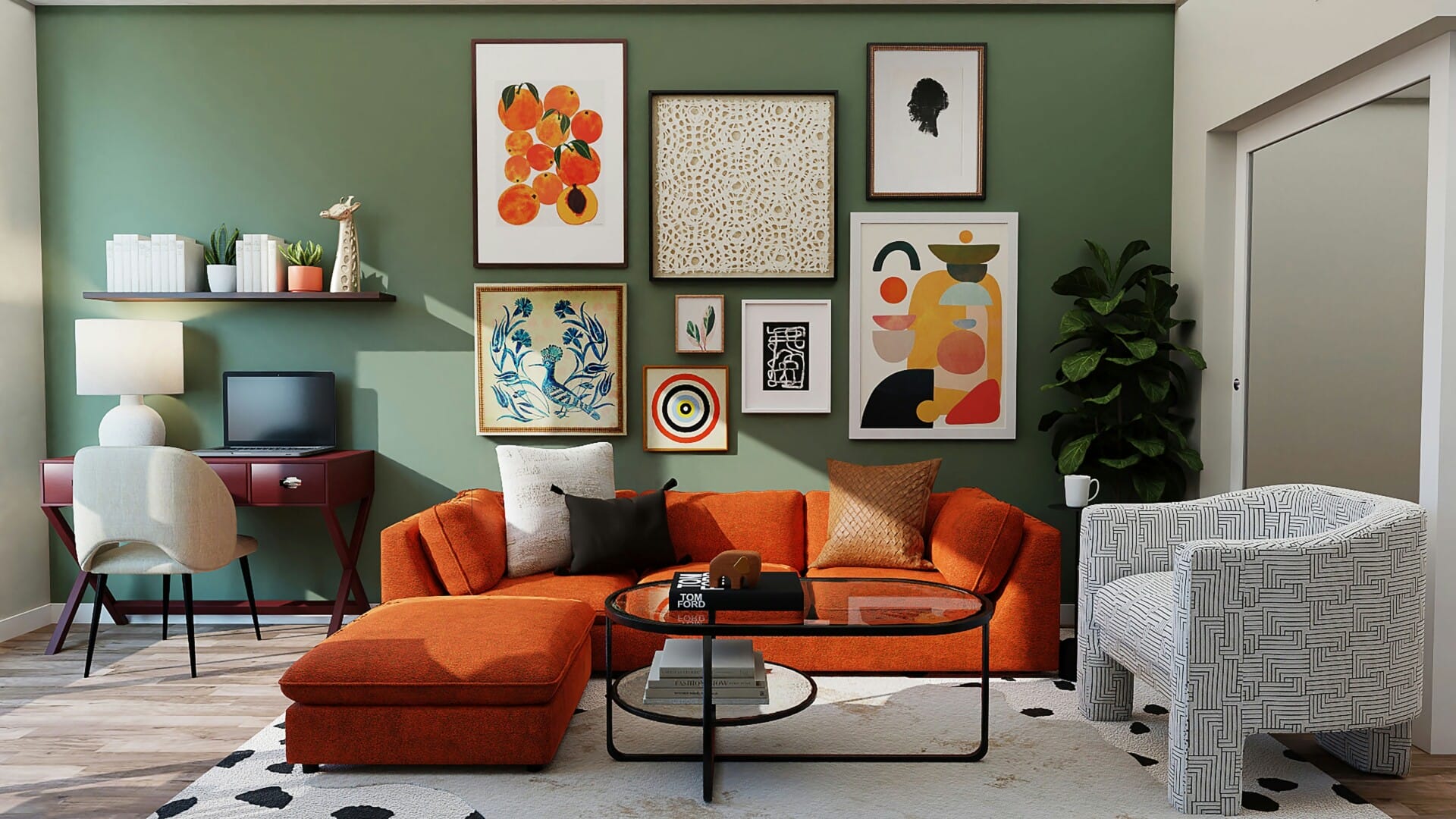
The Role of Airflow in Creating a Healthy Living Environment
Good airflow is a game changer when it comes to creating a healthy living space. Imagine living in a place where fresh air circulates freely, flushing out stale odors, pollutants, and excess moisture. This isn’t just about comfort; it plays a vital role in maintaining your wellbeing. Without adequate ventilation, your home can become a breeding ground for mold, mildew, and allergens, which is a real concern, especially in Malaysia’s humid climate. Ensuring proper airflow helps keep these unwelcome invaders at bay.
One of the simplest ways to improve ventilation is by incorporating natural airflow strategies. Here’s a couple of ideas to consider:
- Windows and Openings: Opt for strategically placed windows that allow for cross-ventilation. Positioning them to catch the breeze can create a natural flow of fresh air.
- Ceiling Fans: These are not just for decoration! They can significantly enhance air movement, keeping the environment feeling cool and comfortable.
For a more structured approach to airflow, you can evaluate the ventilation systems in place. Here’s a quick comparison of common ventilation methods:
| Type of Ventilation | Benefits |
|---|---|
| Natural Ventilation | Cost-effective, reduces energy consumption, and connects you with the outdoors. |
| Mechanical Ventilation | More control over air quality, effective in any weather condition. |
Incorporating these elements fosters not just a breathable home but also promotes overall health and happiness. So embark on the journey of creating a living environment that breaths – it’s worth the effort for well-being and comfort!
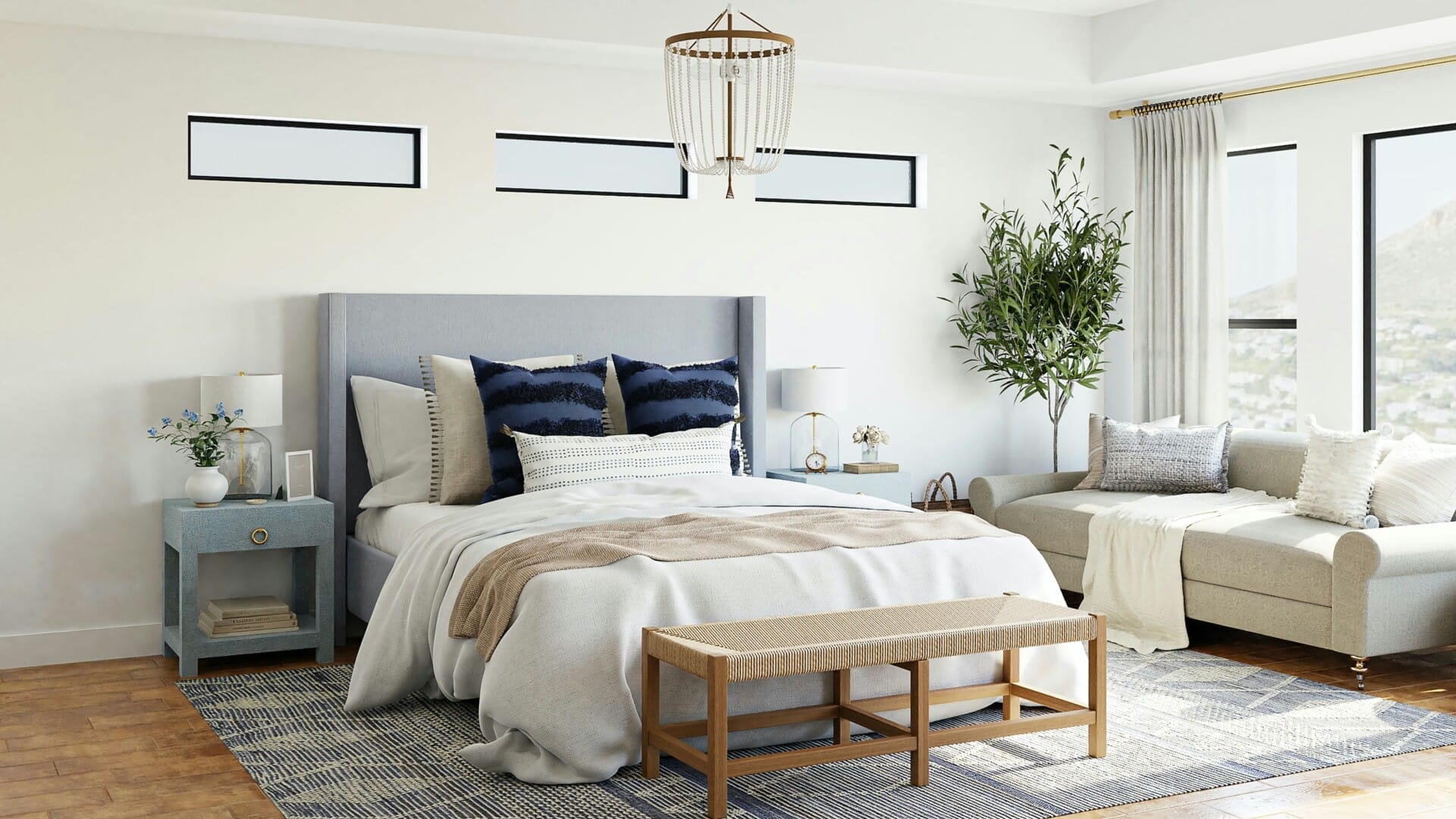
Exploring Natural Ventilation Techniques for Sustainable Design
Natural ventilation is not just an architectural choice; it’s an essential aspect of creating a home that harmonizes with its environment. By harnessing the power of the wind and the sun, designers can facilitate airflow, reduce the need for mechanical cooling, and improve the overall comfort of living spaces. Here are some effective techniques to consider:
- Cross Ventilation: Position windows and openings across from each other to promote a refreshing breeze throughout the house.
- Stack Ventilation: Utilize warm air rising to create a natural flow, allowing cooler air to be drawn in from lower openings.
- Wind Capture: Design rooflines or external features to direct the wind into the living areas, effectively enhancing airflow.
It’s also crucial to think about the materials and layout of your home. Using high thermal mass materials, such as concrete or brick, can help regulate indoor temperatures, absorbing heat during the day and releasing it at night. Open floor plans can maximize airflow and ensure that fresh air circulates freely. Consider these design elements:
| Design Element | Benefit |
|---|---|
| Large Windows | Maximize daylight while facilitating cross ventilation. |
| Overhangs | Provide shade while allowing airflow through windows. |
| Open Spaces | Encourage better air circulation across different rooms. |
Another unique approach to enhancing natural ventilation is through the use of indoor plants. Not only do they contribute to better air quality, but they can also serve as natural air purifiers. Integrating greenery within your home can promote humidity balance and create a more tranquil environment. Here’s how plants can contribute:
- Humidity Control: Plants naturally release moisture into the air, helping to maintain humidity levels.
- Air Filtration: Certain plants actively remove toxins from the environment, contributing to a healthier home.
- Natural Aesthetics: Enhancing the visual appeal of living spaces while providing the benefits of improved air quality.
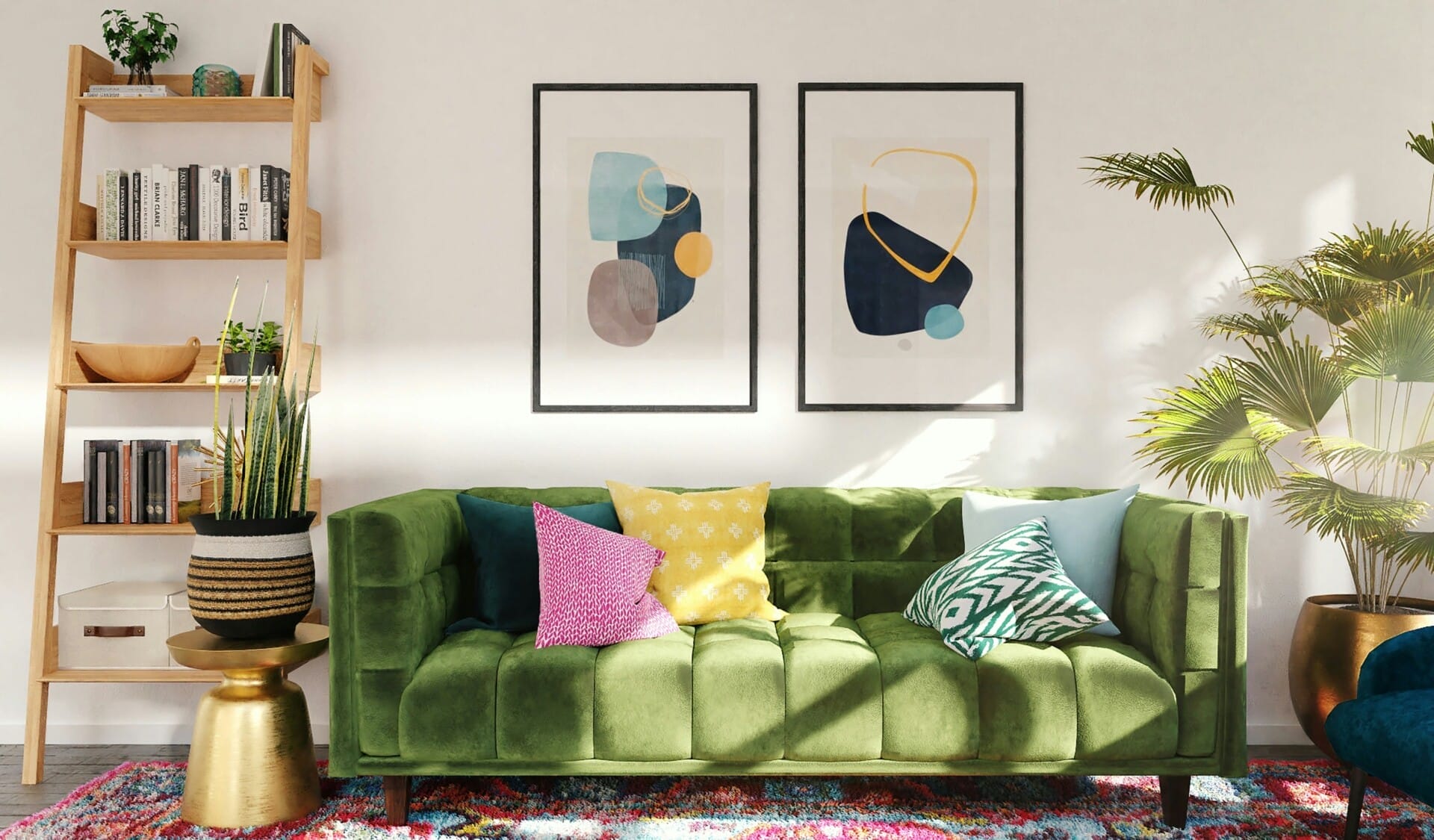
Mechanical Ventilation Systems: Options and Best Practices
When it comes to mechanical ventilation systems, homeowners have a smorgasbord of options to choose from. Some popular systems include exhaust fans, which are great for removing stale air from areas like kitchens and bathrooms, and balanced ventilation systems that ensure equal air supply and exhaust to maintain indoor air quality. For those on the hunt for higher energy efficiency, consider heat recovery ventilators (HRVs) or energy recovery ventilators (ERVs). These systems not only ventilate your home but also recycle energy from outgoing air, making them perfect for Malaysia’s humid climate.
Choosing the right system isn’t just about picking one off a shelf; it’s about understanding your home’s unique needs. Factors like house layout, occupancy, and even local climate play a huge role in what works best. For instance, if you live in a densely populated area, a centralized system might be a wise choice to help control noise levels. On the other hand, if you’re in a less crowded area, a decentralized system with small units per room could offer greater flexibility and control.
Establishing best practices for your ventilation system can make a world of difference. Regular maintenance is key; think of it like a health check-up for your home. Clean or replace filters as needed to ensure optimal airflow and efficiency. It’s also smart to integrate a control strategy that includes monitoring indoor air quality and adjusting ventilation rates accordingly. To give you an idea, here’s a quick reference table for some maintenance tips:
| Maintenance Task | Frequency | Notes |
|---|---|---|
| Inspect filters | Monthly | Replace if dirty. |
| Check ducts for leaks | Every 6 months | Seal leaks for efficiency. |
| Professional system check | Yearly | Schedule to ensure longevity. |
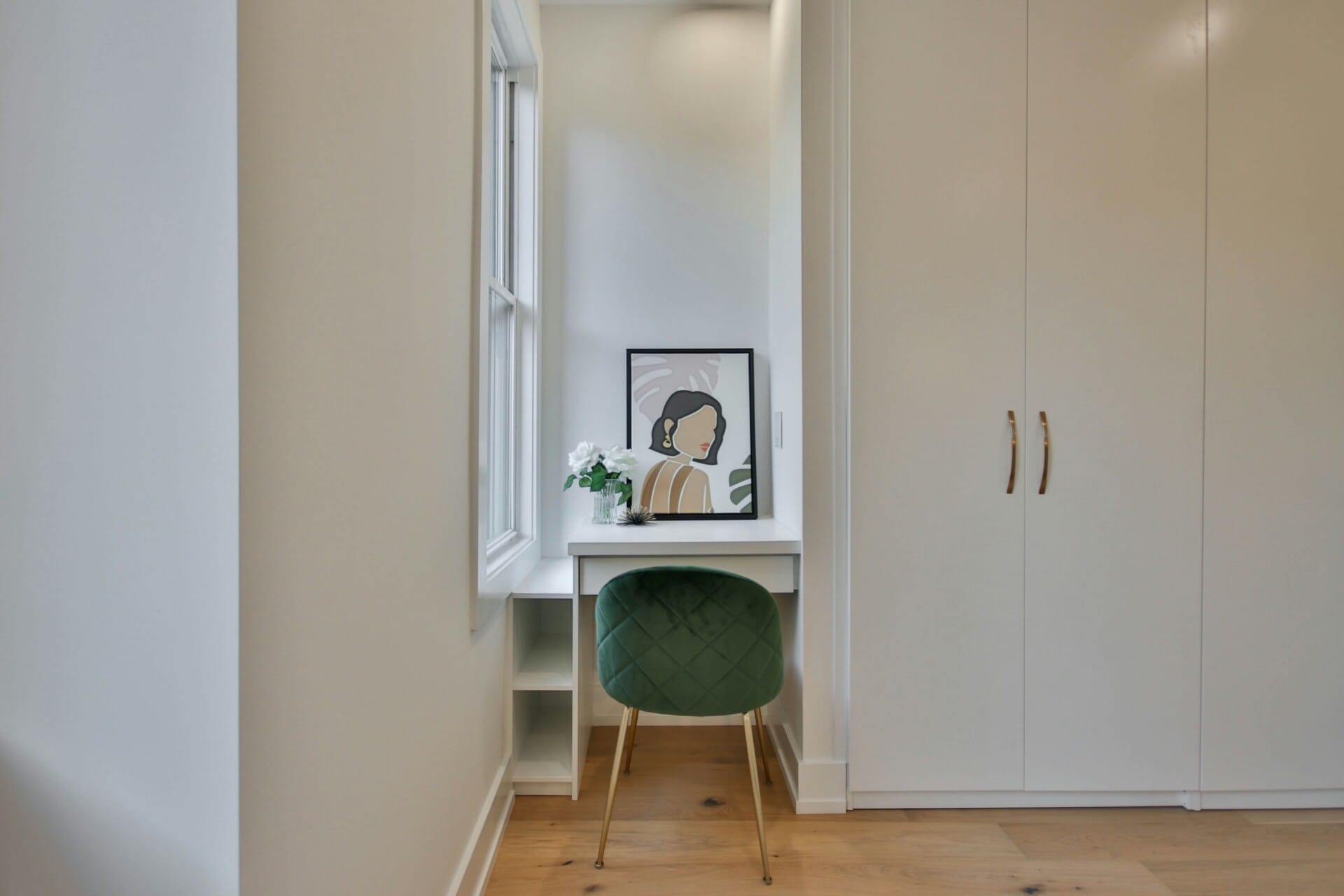
Balancing Fresh Air and Energy Efficiency in Your Home
In the quest for energy efficiency, many homeowners overlook a crucial element: effective ventilation. Our homes, while designed to provide comfort and warmth, also require fresh air circulation to ensure a healthy environment. This involves finding the sweet spot between sealing your home tightly to save on energy costs and allowing fresh air to flow freely. Here are some practical steps to consider:
- Utilize Natural Ventilation: Open windows and doors during the cooler parts of the day to let in fresh air. This simple practice can significantly reduce reliance on air conditioning.
- Install Vents or Louvers: Strategically placed vents can enhance airflow, especially in areas prone to humidity or stale air.
- Consider Cross Ventilation: Positioning windows and doors across from each other can create a draft, allowing cooler air to flow through your living space.
When it comes to energy efficiency, opting for energy-efficient ventilation systems can be a game-changer. These systems are designed to bring in fresh air while minimizing energy loss. Here’s a quick look at some popular options:
| Ventilation System | Energy Efficiency | Fresh Air Intake |
|---|---|---|
| Heat Recovery Ventilator | High | Yes |
| Energy Recovery Ventilator | Moderate | Yes |
| Passive Ventilation | Low | Depends on Design |
Embracing these ventilation methods doesn’t just promote energy efficiency; it also enhances indoor air quality, which is essential for your health and well-being. With Malaysia’s humid climate, consistent airflow can help prevent mold and other indoor pollutants from taking root. Incorporating both fresh air and energy-saving techniques into your home can lead to a more comfortable living environment, ensuring you breathe easy while keeping your energy bills in check.
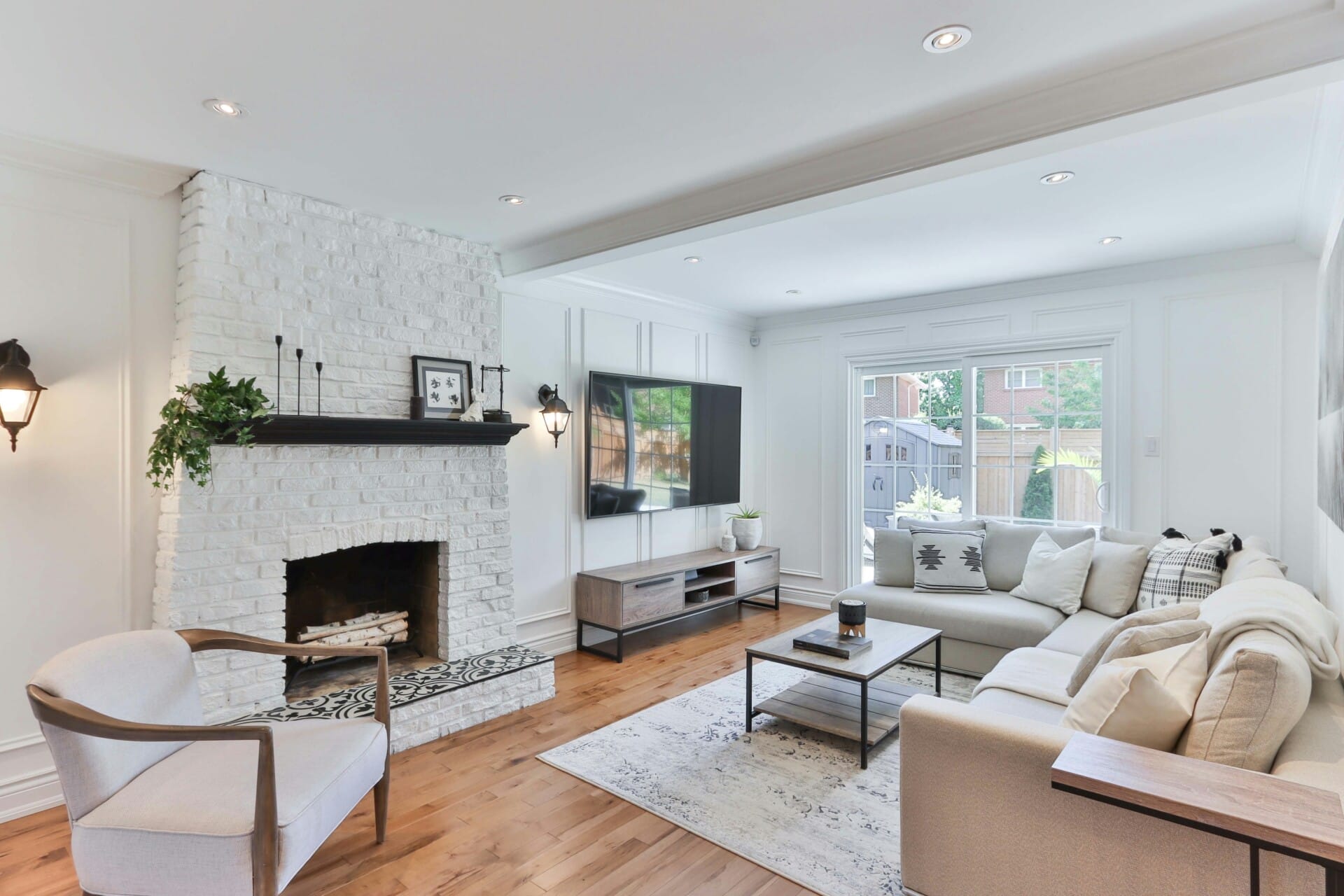
Common Ventilation Mistakes and How to Avoid Them
When it comes to home ventilation, many people often overlook core elements that can make or break air quality. One common mistake is neglecting proper air circulation. Relying solely on windows or ceiling fans isn’t enough. Make sure to strategically place vents and exhaust systems in rooms that generate more moisture, like kitchens and bathrooms. This helps in preventing mold growth and maintains a balanced airflow throughout the home.
Another frequent issue is the misplacement of vents and ducts. You might think that putting a vent in a corner will suffice, but it could lead to stagnant air pockets that fail to circulate efficiently. Properly positioning your ducts ensures that heated or cooled air effectively reaches every corner of your space. Consider hiring a professional to assess the layout and recommend optimal placements that can enhance your ventilation system.
many homeowners forget about regular maintenance of ventilation systems. Dust and debris can accumulate in ducts over time, which restricts airflow and reduces efficiency. Make it a routine to check and clean your ventilation systems at least twice a year. You can even set reminders on your phone or calendar. A little upkeep goes a long way in ensuring your home stays fresh and breathable.
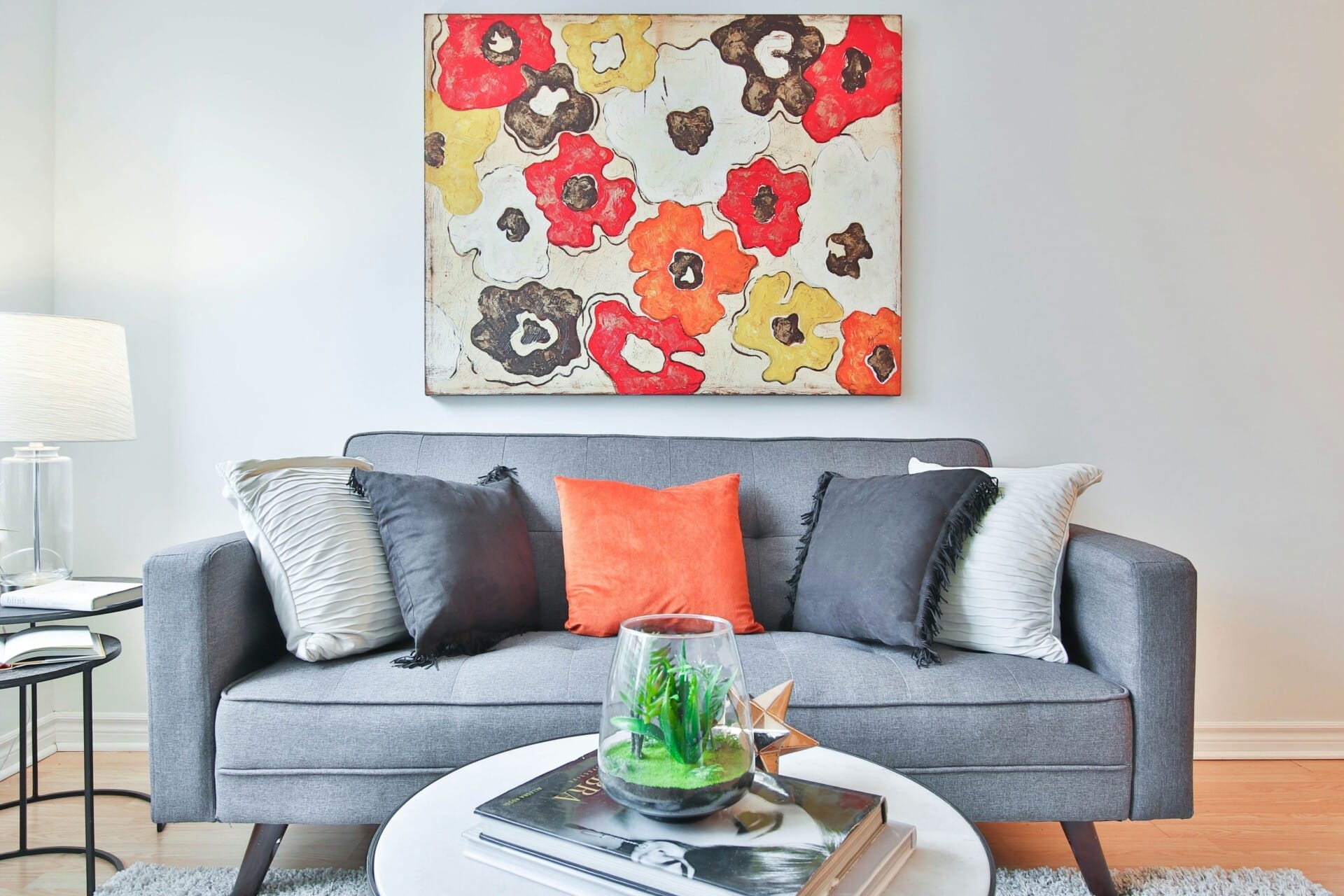
Regular Maintenance Tips for Optimal Air Circulation
To keep the air flowing smoothly and ensure that your home breathes, regular maintenance is key. First, make it a habit to check and clean your air filters every month. Clogged filters not only reduce efficiency but can also trap allergens and pollutants. Swapping them out for new ones every three months can significantly boost air quality. Additionally, don’t forget about the filters in your exhaust fans, especially in moisture-prone areas like the kitchen and bathroom.
Another important aspect of air circulation is maintaining your ventilation ducts. Dust and debris can accumulate over time, leading to blockages and inefficiencies. Schedule a professional duct cleaning at least once a year to ensure unobstructed airflow. You might also want to do a visual inspection of your ducts for any signs of damage or leaks. Sealing these gaps with appropriate materials can improve energy efficiency and enhance air quality.
Last but not least, keep an eye on your windows and doors. Regularly check for any gaps or drafts that could disrupt airflow and let in unwanted outdoor pollutants. Applying weather stripping or caulk can help seal these openings, optimizing indoor air circulation. Additionally, consider installing thermostatically controlled ventilators that can automatically adjust based on the indoor air quality, providing fresh air when needed without compromising temperature comfort.
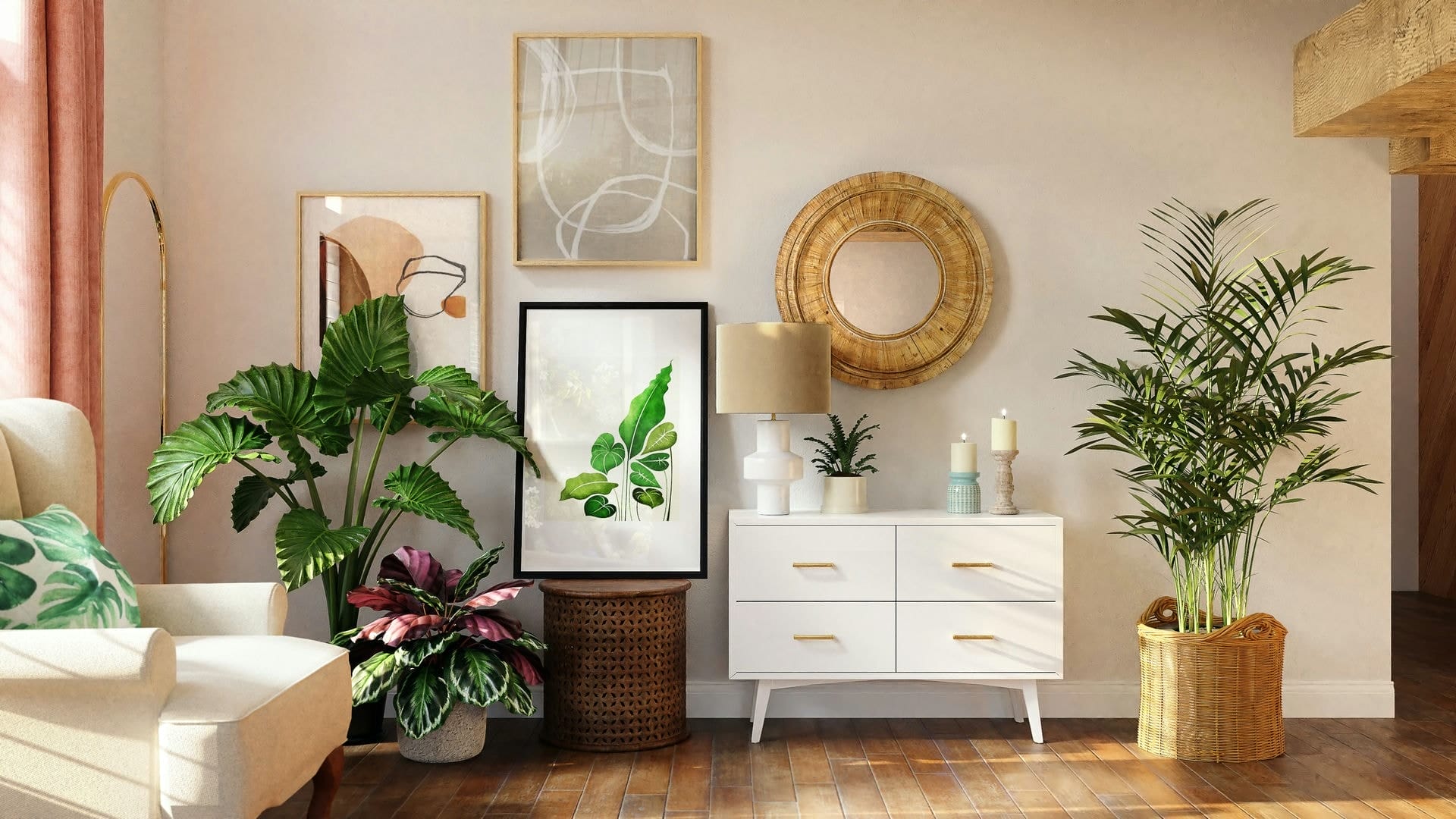
The Future of Home Ventilation: Innovations and Trends
As the focus on energy efficiency and indoor air quality intensifies, the future of home ventilation promises some exciting advancements. One notable trend is the integration of smart technology into ventilation systems. Homes will increasingly feature sensors that monitor air quality in real-time, adjusting ventilation rates automatically to maintain optimal conditions. Imagine a system that recognizes when the humidity levels spike after a rainstorm or detects an increase in indoor pollutants and instantly kicks into high gear to refresh your air. This means homes will not only be smarter but also healthier.
Another key innovation is the rise of passive ventilation designs that use natural forces to improve air circulation. Concepts like cross-ventilation, where strategically placed openings allow for natural airflow, are gaining traction. Home architects are embracing biophilic design principles, incorporating elements like green roofs and vertical gardens. These features not only enhance aesthetics but also aid in cooling and purifying the air. Homeowners can expect to see features such as architectural louvers and wind catchers, which harness natural breezes to promote an eco-friendly living environment.
Lastly, energy recovery ventilators (ERVs) will play a crucial role in future homes. These systems recycle the energy from the outgoing stale air to pre-condition incoming air, striking a balance between energy efficiency and comfort. A quick look at some of the benefits might include:
| Benefit | Description |
|---|---|
| Energy Saving | Reduces heating and cooling costs by reclaiming energy. |
| Air Quality | Removes stale air while introducing fresh air without energy loss. |
| Humidity Control | Regulates indoor humidity levels, enhancing comfort. |
With these innovations on the horizon, homeowners are poised to embrace ventilation systems that not only protect their health but also align with sustainable living practices. As we venture further into a world that’s becoming increasingly aware of environmental impact, these trends seem not just hopeful but essential for modern homes.
The Way Forward
As we wrap up this exploration of creating a home that truly breathes, it’s clear that ventilation isn’t just a technical term tossed around by architects and builders. It’s the lifeblood of your living space, especially in our warm and humid Malaysian climate. Whether you’re designing a new home or looking to improve the airflow in your existing one, it’s all about striking that perfect balance.
Imagine waking up to fresh, clean air every morning, feeling refreshed and energized—sounds dreamy, right? With a little planning and the right techniques, you can transform your home into a sanctuary where the air flows freely, reducing stuffiness and making every corner pleasant.
So, whether you opt for natural ventilation through windows and vents, or you decide to invest in a mechanical system, the key takeaway here is: don’t overlook the importance of airflow in your living space. Your health, comfort, and even those pesky energy bills can thank you later!
Take the plunge, get creative, and let your home breathe. After all, a well-ventilated home is a happy home. Happy building!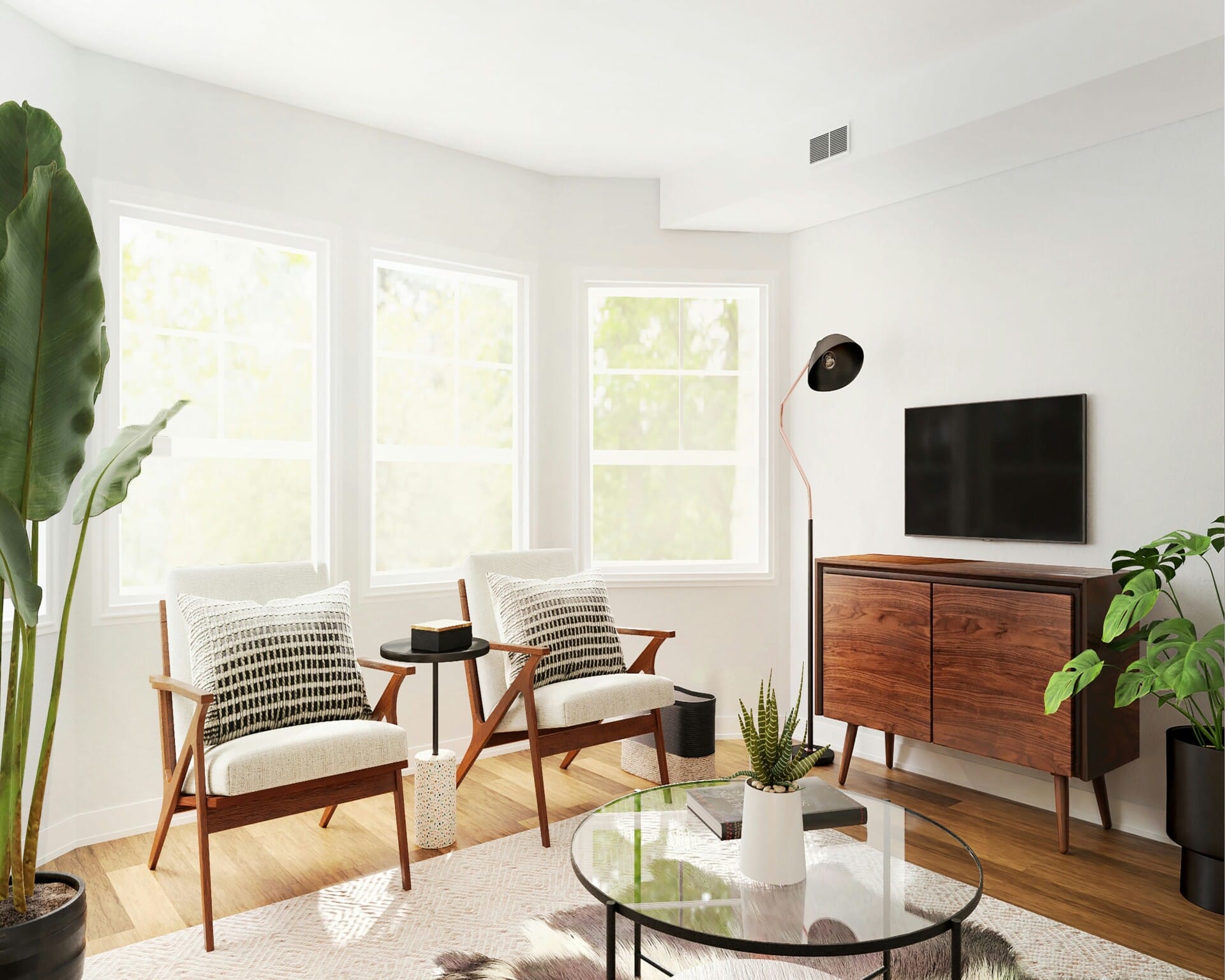
Source link
kontraktor rumah
bina rumah
pinjaman lppsa
pengeluaran kwsp
spesifikasi rumah
rumah batu-bata
pelan rumah
rekabentuk rumah
bina rumah atas tanah sendiri
kontraktor rumah selangor
rumah banglo



